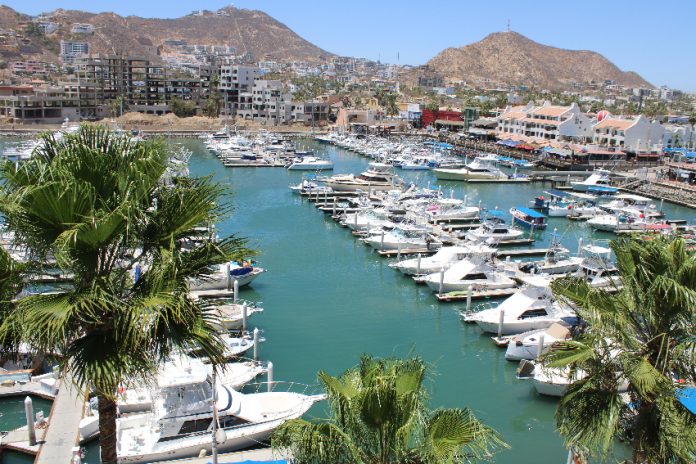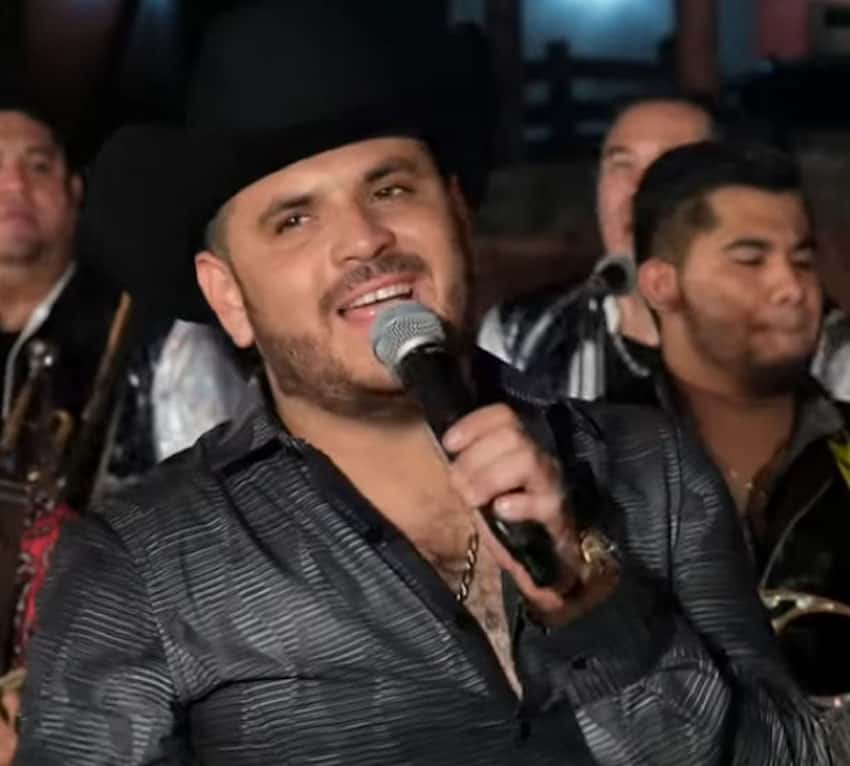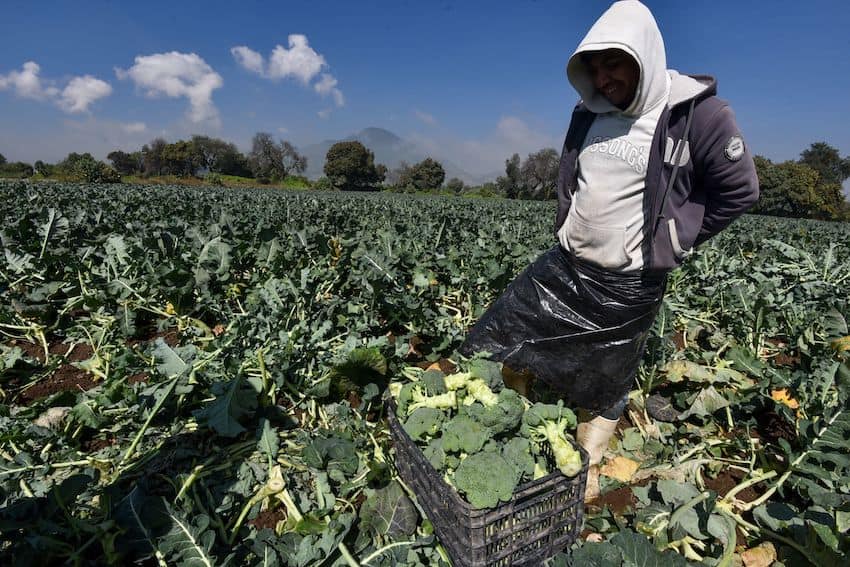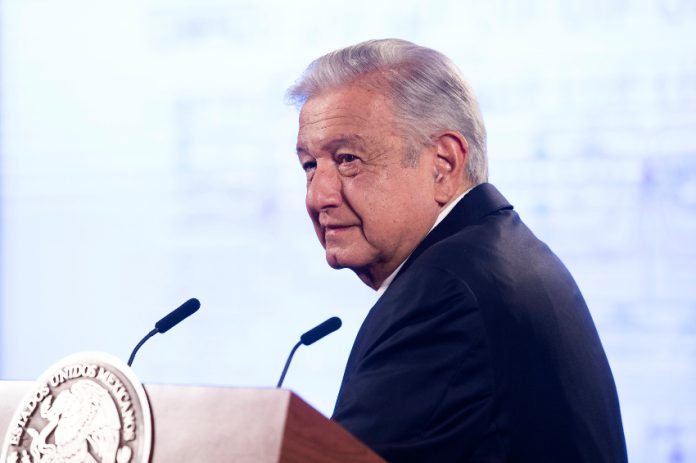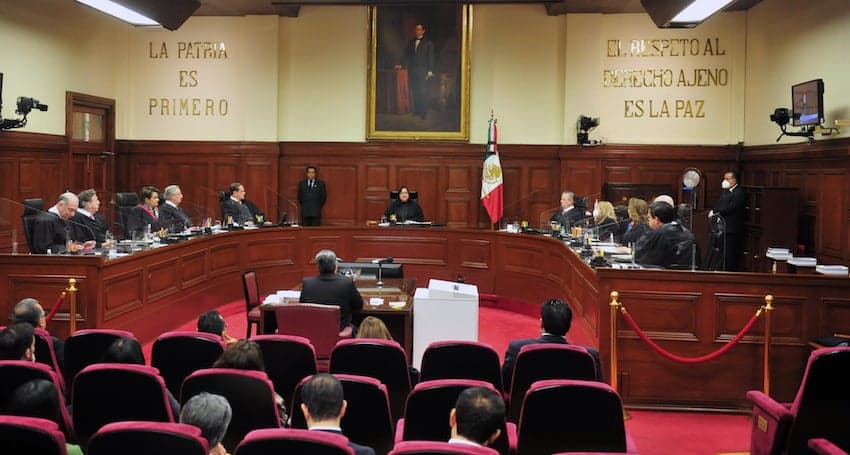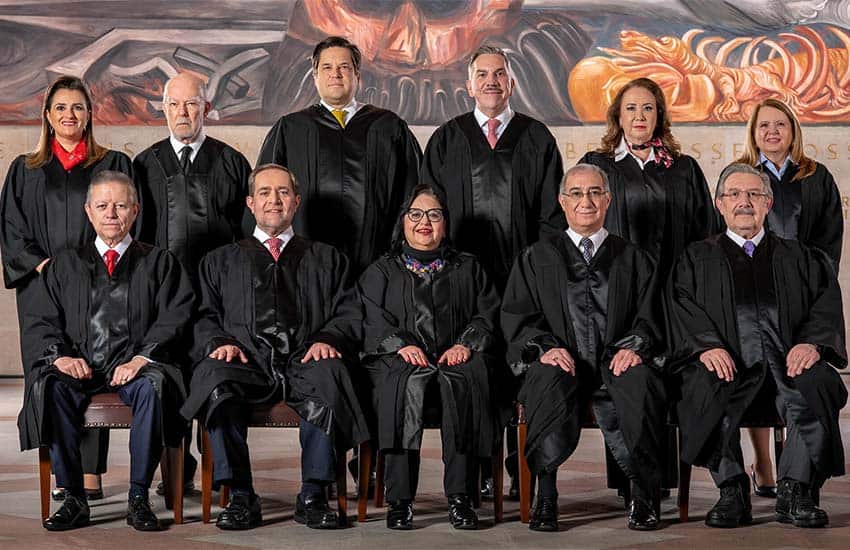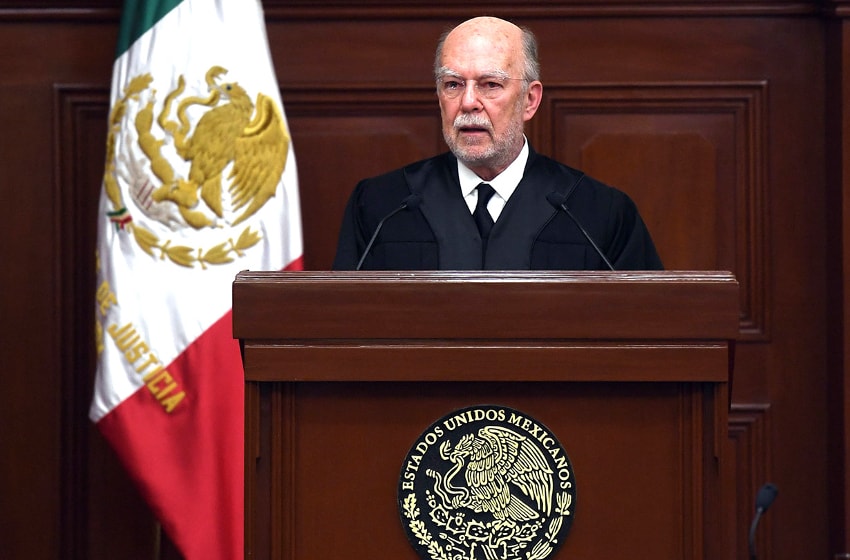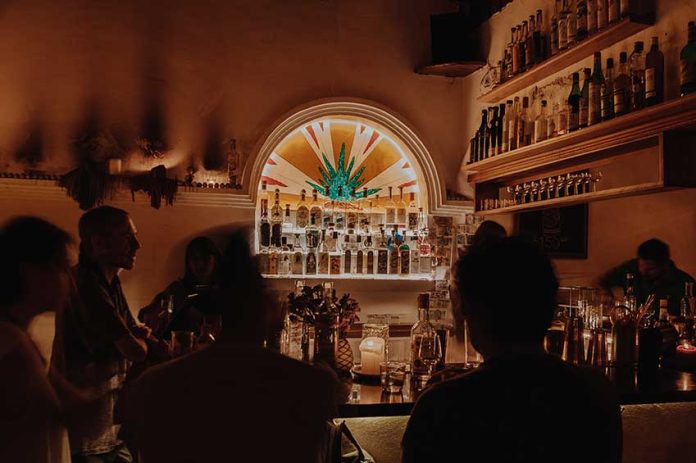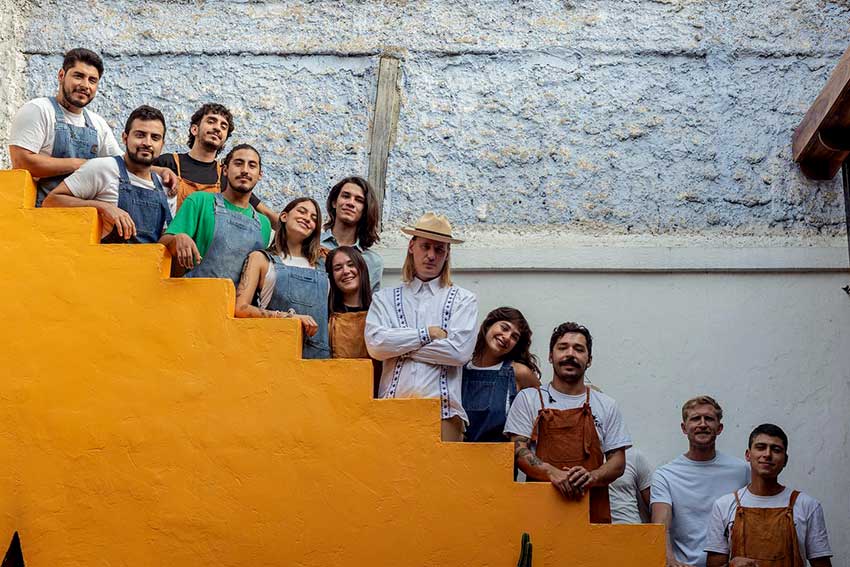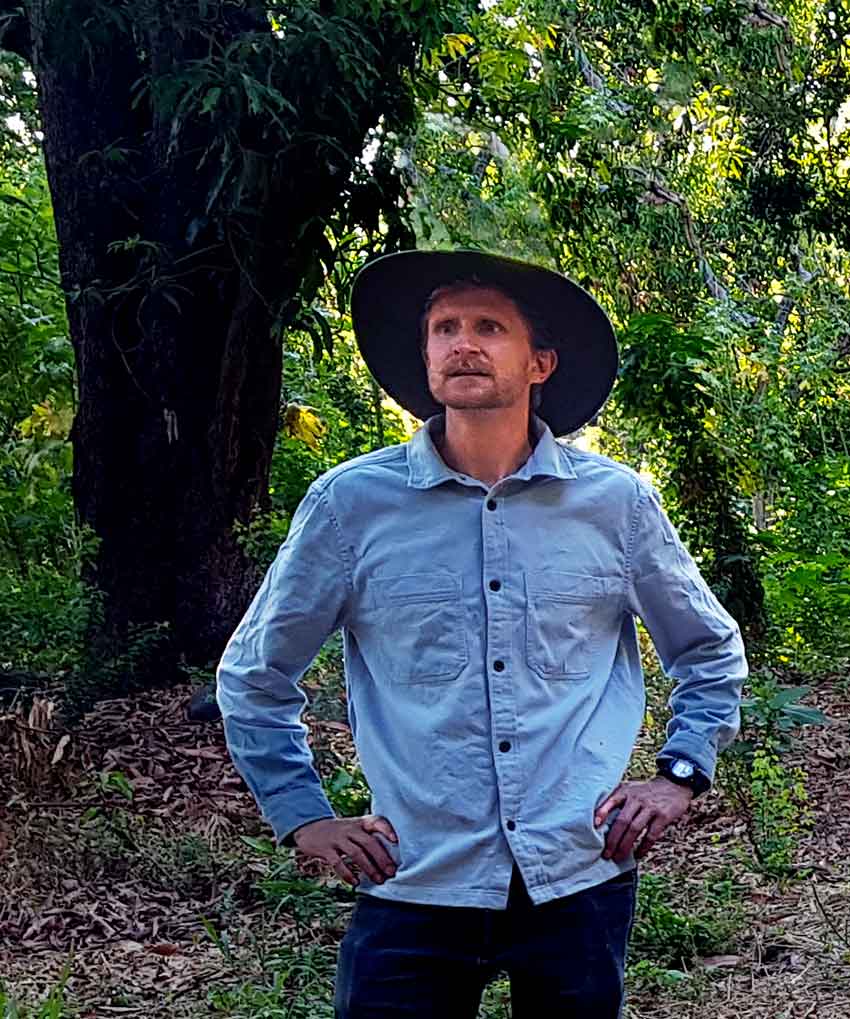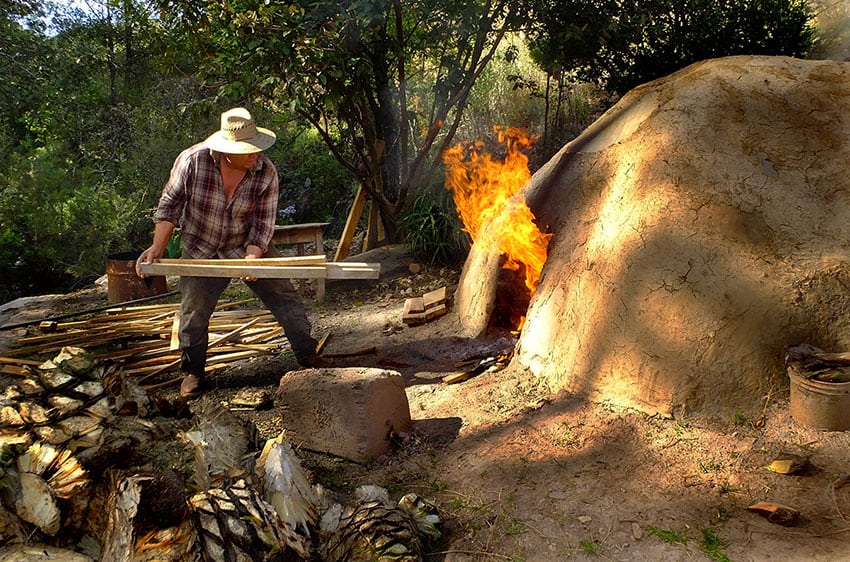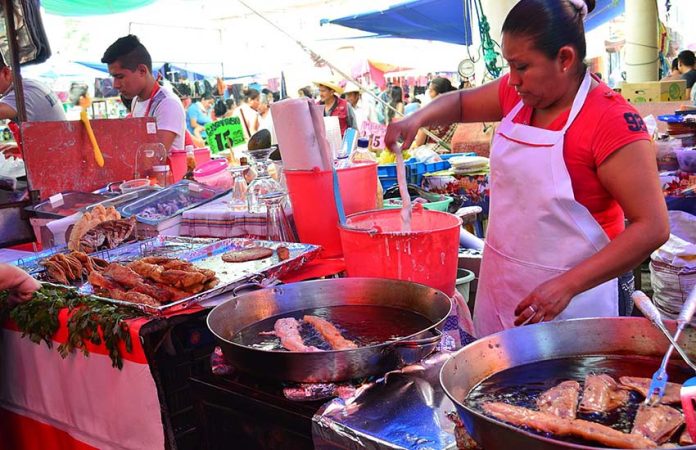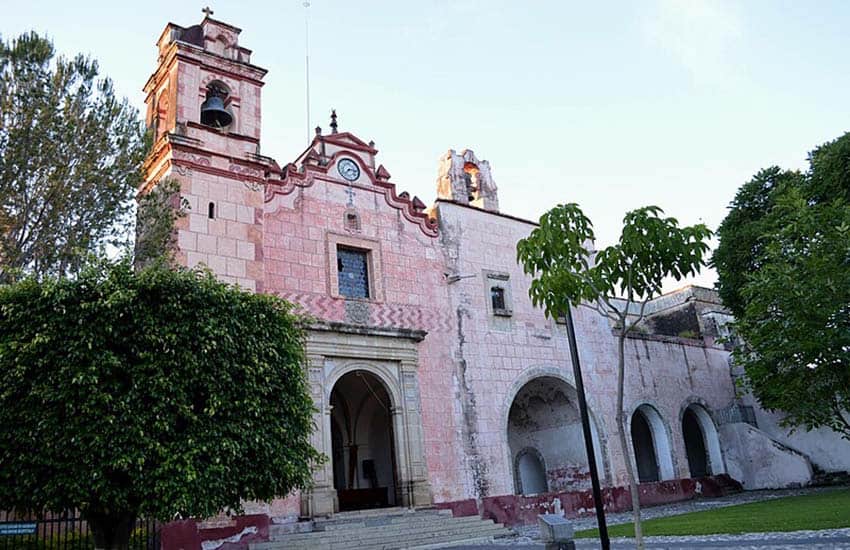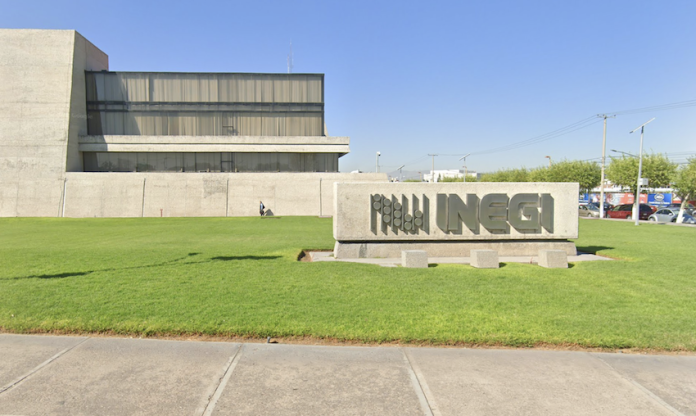Baja Califonia Sur’s meteoric rise as one of Mexico’s most popular tourist destinations has meant lots of glitz, luxury resorts and sunset champagne on yachts.
And while all those things are at your fingertips, it’s also a great place to travel with a family, with a laid-back aesthetic that imbues the entire region and tons of great activities for every age group.
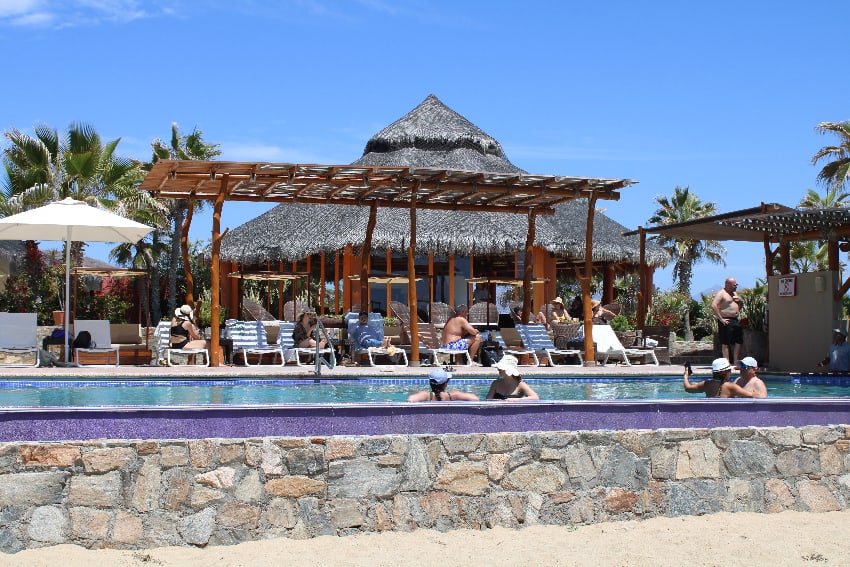
The best way to maximize your stay and get around Baja Sur easily is to rent a car and drive. Road-tripping in Mexico might not sound relaxing, but you’d be surprised at how mellow it is in Baja. Only a handful of major highways run through the southern part of the state — all of which boast gorgeous views — and traffic is almost non-existent. Rent a car at the airport in Los Cabos or La Paz and you can visit four or five destinations in just as many days.
La Paz is a mellow seaside town which, despite being a tourism hub, still maintains a provincial, down-to-earth vibe. Rent some scooters to explore the waterfront and its family-style restaurants: visitors and locals stay out until late in the evening and the festive atmosphere is almost as nice as the views of distant lights across the water.
During the day you can swim at the downtown beach, though most locals don’t. Beaches outside of town like Balandra or Tecolote are nicer for a full day of fun and sun.
Delightful cafes, breweries and restaurants abound in La Paz. Most of the good ones are off the main tourist drag, so spend some time exploring around the city’s central plaza and other non-waterfront areas as well – try local favorite El Toro Güero for seafood tacos under an open-air palapa dining room.

Just south of La Paz is the Cacachilas Ranch, great for adventurers of all ages.
Cacachilas is a carbon-neutral eco-ranch where you can mountain bike, hike, ride mules into the desert, pet the goats the ranch used to make it incredibly delicious cheese, and end the day with a dip in the pool and a hot chocolate around the fire pit.
Each family or group gets their own personal guide for the duration of their stay who helps to arrange age- and skill level-appropriate activities.
The guides at Cacachilas are so well-versed in the ecology around them they can zero in on the particular interests of your family – be it birding, stargazing or sustainability – and ensure you have a good time learning about them along the way. The ranch has 10 luxury tents for glamping – the best way to camp – as well as family rooms with bunk beds.
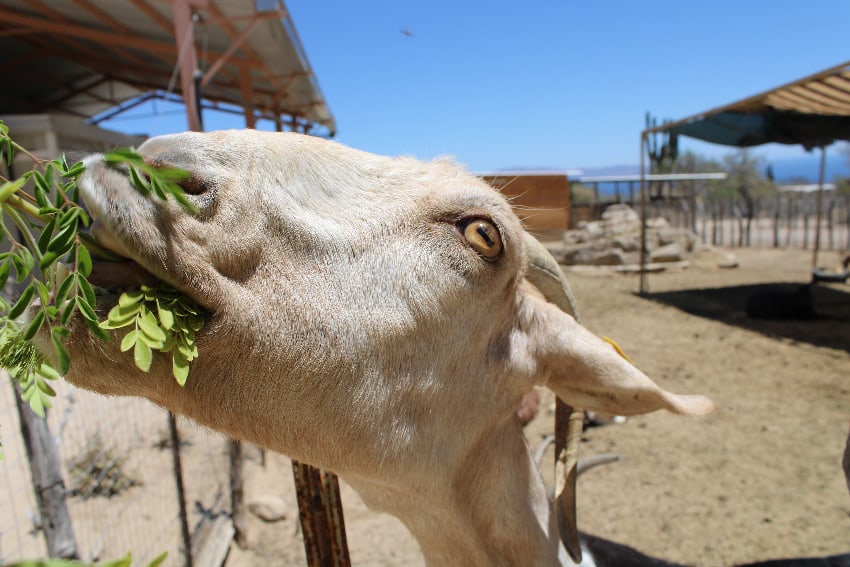
Head south to Los Cabos and you’ll find a plethora of options for what to do and where to stay. If you’d rather lie by the pool and let someone else entertain the kids, stay at an all-inclusive hotel like Hacienda Encantada Resort & Residences. Their full-time staff will arrange the pool volleyball tournaments, lead bike tours and encourage you to make a fool of yourself at karaoke nights.
For adults, there is a world-class spa and a tequila museum with impromptu tequila tastings. For all age groups there are pickleball and tennis courts, a putting green and many swimming pools and splash pads.
Hacienda Encantada also runs a supervised kids’ club with activities every day from 9 a.m. to 2 p.m. If you want to stay a little closer to the action, you can book at Marina Fiesta Resort & Spa, their sister property. Located in downtown Cabos, Marina Fiesta opened in the 1990s as one of the city’s hospitality trailblazers. The resort sits are right on the downtown marina, making it a great base camp for exploring Cabos or taking a boat out to see the famous Los Cabos arch.

There are endless tours and activities in Los Cabos, from whale-watching to snorkeling to kayaking, but if you want something a little deeper culturally, book a tour with Dharma Expeditions.
Daniel, the local guide who started Dharma, works with local ranchero communities. Originally poor Spaniards who came with the Jesuits to settle Baja California, rancheros formed close ties with the indigenous Pericú people, the original inhabitants of the southern tip of the Baja California peninsula. Rancheros are considered to have “replaced” the Pericú since that group’s cultural extinction, keeping their ethnobotanical knowledge alive.
Daniel will take your group hiking in the Sierra de la Laguna Biosphere Reserve, beach walking or on a city tour, each accompanied by a cultural component. The hike, for example, is followed by a traditional meal at a local’s home; the sunset beach walk where you can see sea lions follows a nopal cactus harvest and cooking class. It’s a great way to do something a little off the beaten path, and support local communities at the same time.
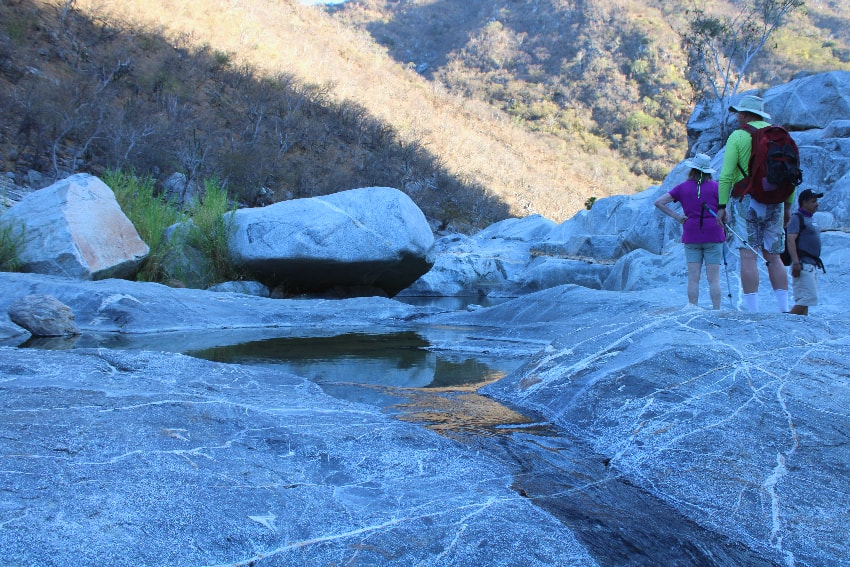
From glitzy Los Cabos enjoy the breathtaking views up the coast to Todos Santos, a small-town bohemian haven, beloved by surfers in the 1960s and ‘70s. Since the 1990s, the town has seen more and more tourists visit quiet streets. Todos Santos has definitely ratcheted up the level of its restaurants and accommodations over the years, but the same laid-back vibe it was known for 50 years ago permeates its dusty desert streets and local market stalls.
Todos Santos Eco-Adventures runs both maritime and landlubber tours in the area that include kayaking, hiking, sea lion watching, and stargazing in the desert. They even offer a Family Fun week of camping and activities in the fall and spring. The town has several great beaches for spending a day in the sand, but if you want something a little more pampered check, out one of the local hotel beach clubs like El Faro, run by the Guaycura Boutique hotel: they have an infinity pool, restaurant, spa and lots of beachside cabañas and lounge areas.
There are also great eats in Todos Santos these days: visit Javier Placencia’s Jazamango, the Italian favorite Tre Galline or beach-inspired Landi’s, just north of town.
This mini-itinerary is just a start for all there is to do and see in Baja Sur for families, but it’s a good first step to getting to know the area and planning your next trip down the peninsula.
Lydia Carey is a freelance writer and translator based out of Mexico City. She has been published widely both online and in print, writing about Mexico for over a decade. She lives a double life as a local tour guide and is the author of Mexico City Streets: La Roma. Follow her urban adventures on Instagram and see more of her work at www.mexicocitystreets.com.
